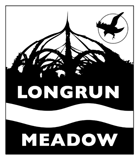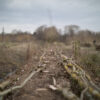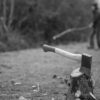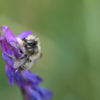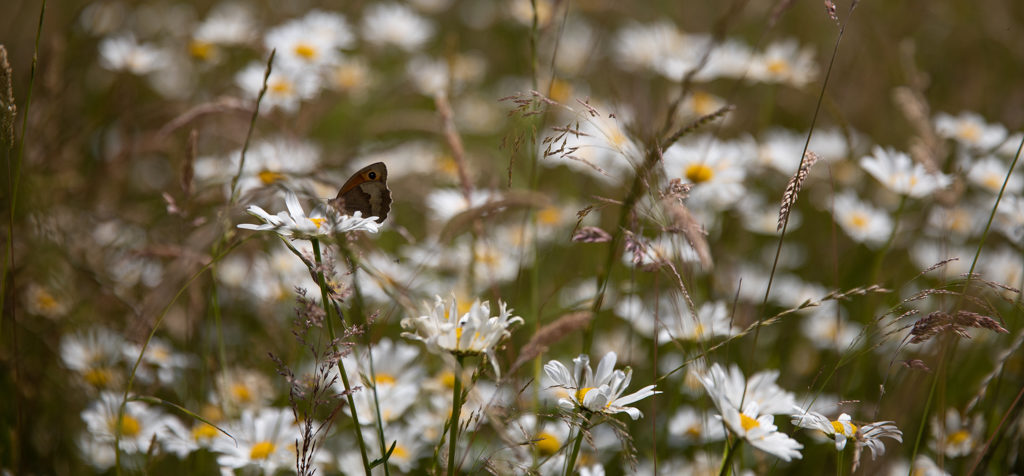
Restoring grassland habitat is a slow process. Each year, we get another point on our graph that tells us how we’re doing and then we have to wait another twelve months. To get this year’s point, Helen and I have been out with a clipboard and quadrat, surveying Cathedral Field.
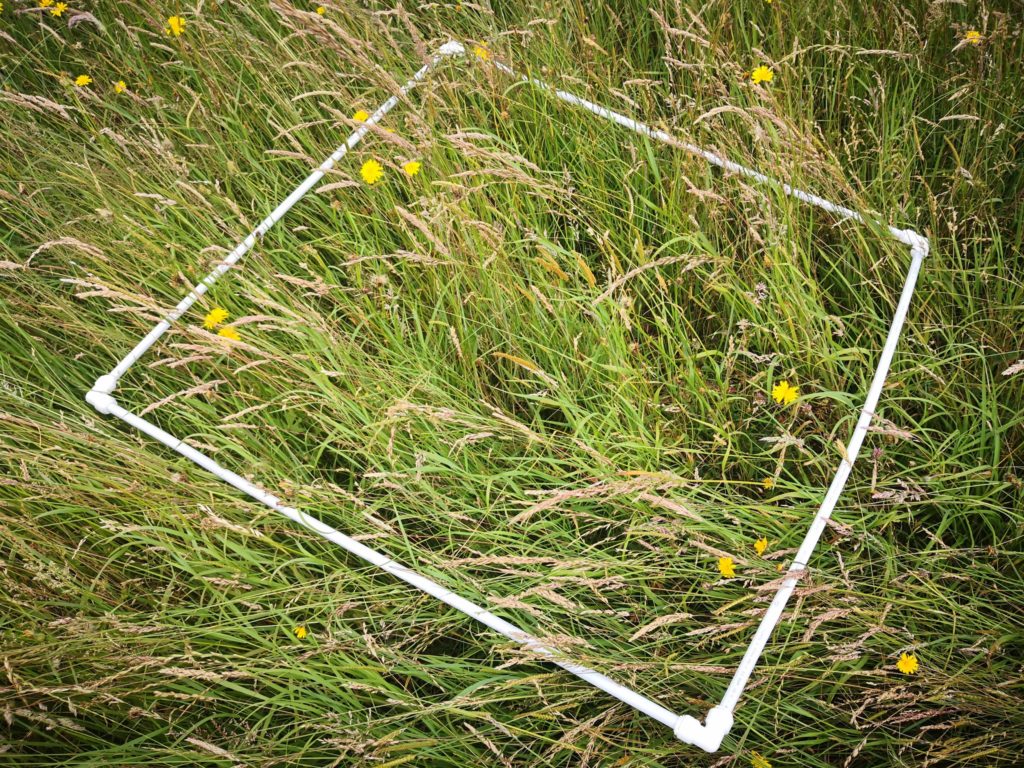
Timeline
- Up to 2009 – The entire area of Longrun was arable land.
- 2009 – the area was sown with agricultural grass and flower mix.
- 2015 – Yellow Rattle sown in Cathedral Field (this is the plant that weakens the grass and lets the other flowers have a chance).
- 2017 – Wildflower mix sown in Cathedral Field.

We really need to thank Catharine Shellswell for setting this whole plan up and beginning the monitoring, and the Somerset Wildlife Trust’s Routes to the River Tone project that funded the seeds. We also need to thank all of you who came and planted seeds, I hope you’ve been to see how your hard work is paying off!
So, how is it going? Well, our point has moved a tiny step in the right direction. The average number of species per random sampled area has gone up by one quarter (!), we recorded one square with more than 40% herbs (up from zero in all previous years) and overall fewer negative indicators were found. This is all good, but not very dramatic.
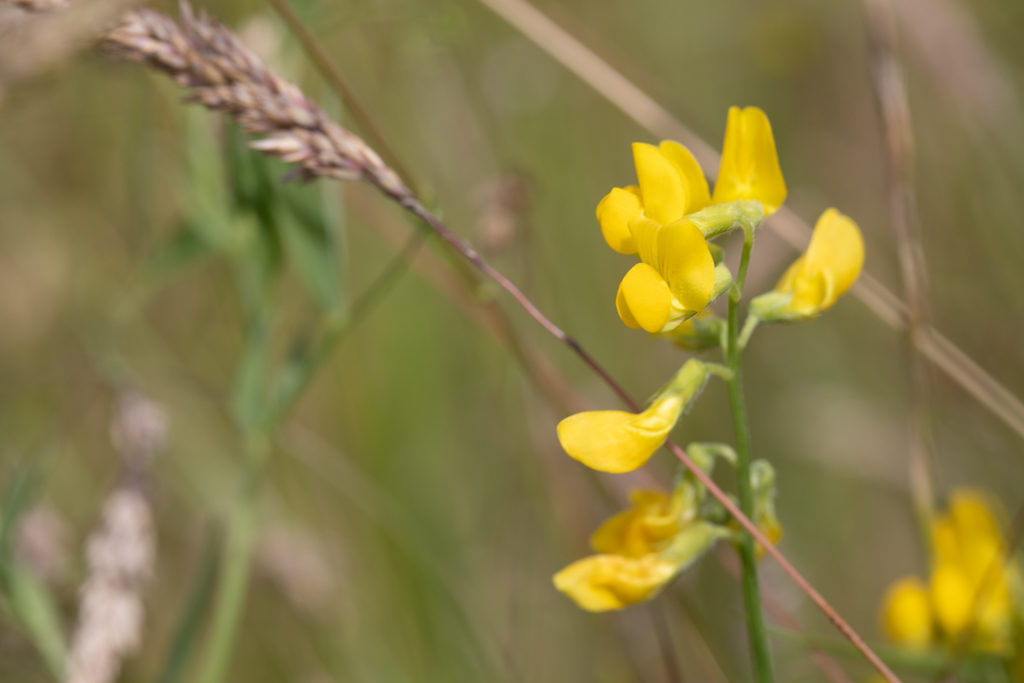
But! We recorded one new species, and missed another. The knapweed and oxeye daisies are widely distributed now, attracting lots of insects. The yellow rattle has spread all over the meadow. All in all, the meadow may still be quite patchy, but some of the patches are looking fantastic.
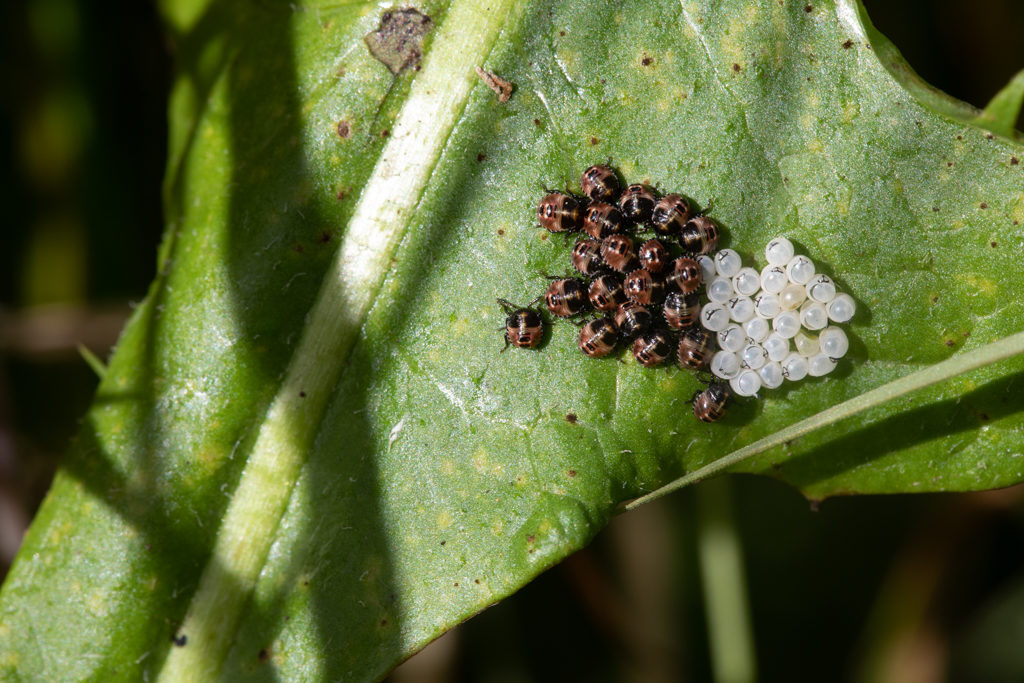
As the weather has been good, the farmer is wanting to take the hay as soon as possible. We hope it will still be long for our National Meadows Day event, but even if it’s not, there will be plenty to see. We hope to see you there!
– Hester
